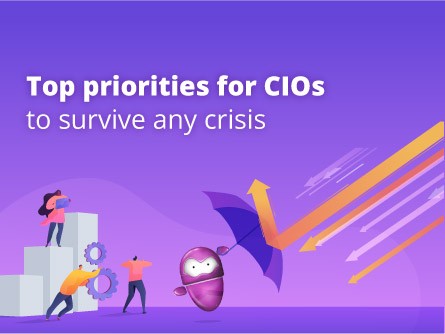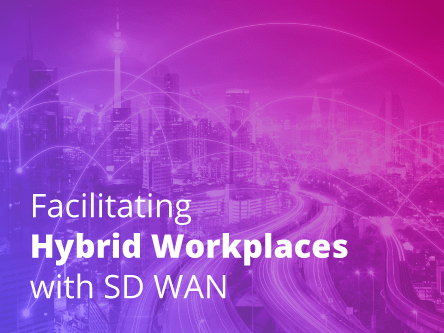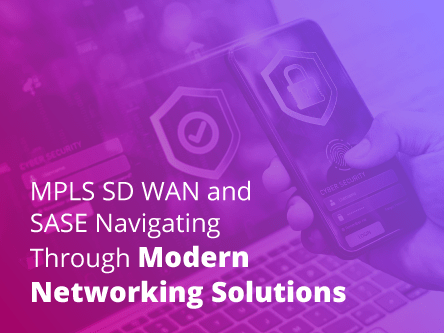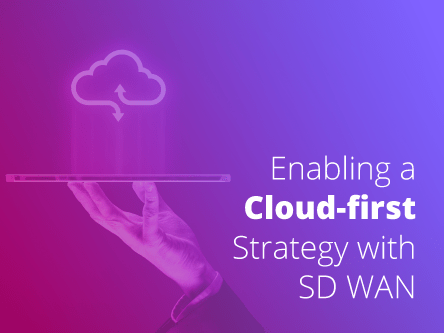- Facilitating company-wide remote-working (also known as telecommuting)
- Maintaining sustainable customer service and support
- Keeping stakeholders connected and reassured
- Managing unprecedented levels of change in work culture and business priorities
- Watching over increased security threats from both inside and externally
This list is by no means exhaustive list, and is dependent on the nature and scale of each organisation and its business support network. The numerous priorities are encumbered by global uncertainties, adding up to a complex soup that can be hard to swallow… unless CIOs understand the bigger picture.
Know the big picture
- Robust network
This vital backbone ensures that the system remains interconnected with partners, service providers, customers and applications through multiple redundancies across the enterprise network.
What’s needed: A software-defined WAN (SD-WAN) architecture linked to a best-in-class carrier-grade global network fabric of data centres, public clouds, internet exchanges and network. - Pervasive automation
Even in a crisis, the system ensures that both internal users and customers can continue to access critical services even as the demand increases.Software-defined networking (SDN) platform makes it easy for on-demand provisioning of network services and network management to facilitate any sudden spikes.
What’s needed: Flexible and scalable global connectivity powered by a self-service on-demand SDN or Network-as-a-Service (NaaS) platform. - End-to-End Security
From every point in the local, WAN and external connections, including remote access, security is built in. Incorporating overlay technology (SD-WAN) for greater control and easier management of network access and network security policies.
What’s needed: Single portal to enable secure and high-performance access to any enterprise resources from cloud-based applications to storage.
Effective communication and collaboration are vital lifelines for any business, and these three overarching tenets form a firm foundation during normal operations as well as crises.
The pro tip is to choose the right connectivity partner to achieve the big picture.
In the event that a BCP comes into force, a company that sees this big picture will have everything in place to keep its IT management and operations intact enough to weather the storm.







